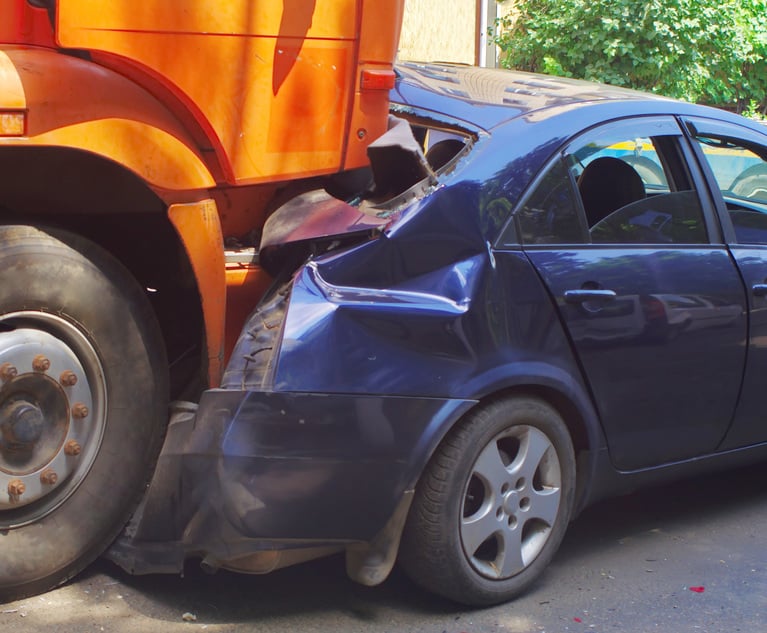The first quarter of 2023 saw 3.3% fewer traffic deaths compared with the same period the year prior, according to the National Highway Traffic Safety Administration (NHTSA). This was the fourth consecutive quarter with a drop in roadway fatalities.
The drop in roadway deaths came at the same time U.S. drivers were hitting the road more, according to the NHTSA, which reported vehicle miles traveled were up 2.6% during the quarter.
According to the agency, 32 states saw traffic deaths decline during the first quarter, while 18 states and Puerto Rico had increases. The rate of traffic deaths in Washington, D.C., remained unchanged compared with the year prior.
“This is very good news, but we know that far too many people are dying on our roadways in preventable crashes,” NHTSA Chief Counsel Ann Carlson said in a release. “We are taking significant action to reduce traffic fatalities, including moving forward on new vehicle standards to make cars even safer, investing millions of dollars to improve infrastructure and roadway safety, and working with our state and local partners to help drivers make safe decisions on the road.”
Requiring AEB for heavy trucks
The NHTSA also released a proposal that would require heavy vehicles to have automatic emergency braking (AEB) systems, which would reduce the frequency and severity of rear-end crashes, according to the agency. The AEB systems would be required to work in low- and high-speed situations, ranging from 6 mph to roughly 50 mph. The rule would apply to new commercial motor vehicles over 10,000 lbs., including large tractor-trailer trucks and Class 3-6 trucks such as box trucks and delivery vehicles.
Each year, there are around 60,000 rear-end collisions in which a heavy vehicle is the striking vehicle. The NHTSA projects requiring AEBs in heavy vehicles will prevent 19,118 crashes, saving 155 lives and 8,814 injuries annually.
According to the Insurance Institute for Highway Safety, AEB systems can reduce large truck front-to-reach crashes by 41%. Across vehicle types, AEBs also reduce claim rates for damage to other vehicles by 14% and lead to a 24% reduction in claim rates for injuries to people in other vehicles.
Read the full article here


